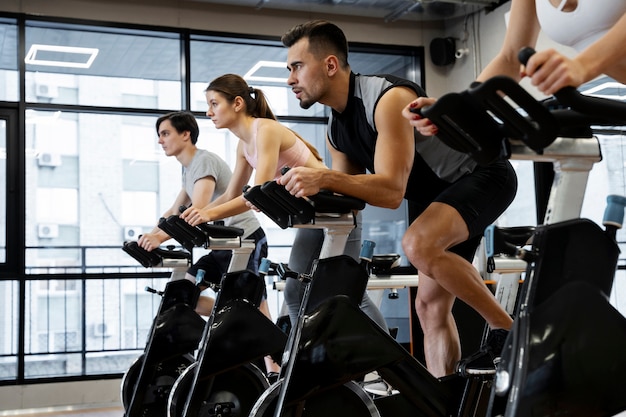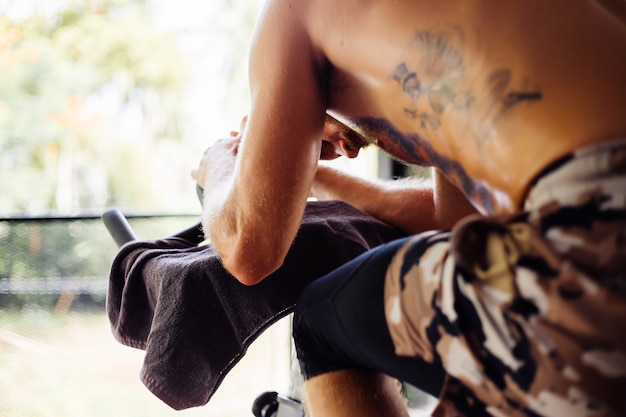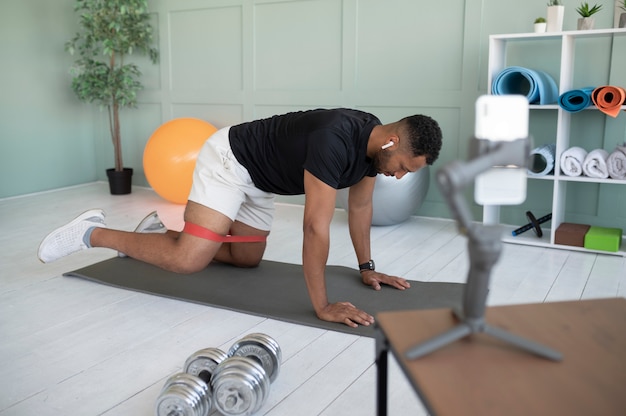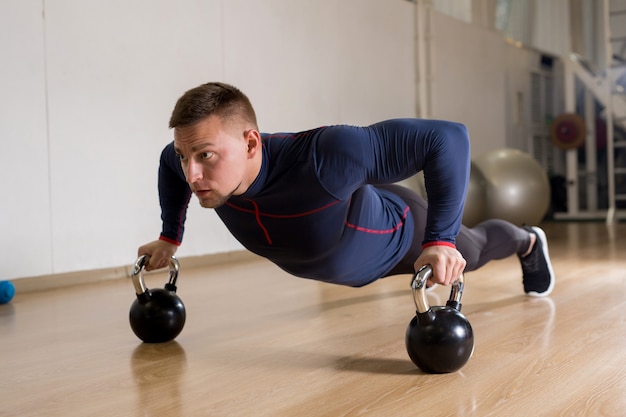18 Joint-Friendly Cardio Workouts: Boost Heart Health Without the Strain
Maintaining cardiovascular fitness doesn’t have to mean pounding the pavement or jumping through high-impact routines. For those managing joint sensitivity, recovering from injury, or simply seeking sustainable long-term exercise, low-impact cardio offers a powerful alternative. These workouts elevate your heart rate while minimizing stress on knees, hips, and ankles—keeping you active, protected, and energized.
Why Low-Impact Cardio Matters for Joint Health
High-impact activities like running or jumping can place forces up to 2–3 times your body weight on your joints. Over time, this may contribute to wear, inflammation, or discomfort—especially in weight-bearing areas. Low-impact cardio reduces this strain by keeping at least one foot on the ground (or supported) during movement, making it ideal for older adults, those with arthritis, or anyone prioritizing joint longevity.
The benefits go beyond joint protection: improved circulation, better endurance, weight management, and enhanced mood are all within reach—without the risk.

18 Effective Low-Impact Cardio Exercises
- Walking – One of the simplest yet most effective forms of cardio. Aim for brisk 30-minute walks, 5 days a week. Use supportive shoes and vary terrain when possible.
- Swimming – Full-body resistance with zero joint load. The water supports your weight, reducing impact while boosting cardiovascular endurance.
- Water Aerobics – Group classes or solo routines in chest-deep water offer resistance and rhythm without joint stress.
- Cycling (Stationary or Outdoor) – Low-impact and joint-friendly when resistance and seat height are properly adjusted.
- Elliptical Training – Mimics running motion without the landing impact. Use handles for upper-body engagement.
- Rowing Machine – Engages legs, core, and arms with smooth, gliding motion. Ensure proper form to avoid back strain.
- Stair Climber (Low Resistance) – Builds leg strength gently. Keep posture upright and avoid locking knees.
- Tai Chi – Slow, flowing movements improve balance, circulation, and joint mobility.
- Yoga (Vinyasa or Power) – Dynamic styles elevate heart rate while enhancing flexibility and joint stability.
- Pilates – Focuses on core strength and controlled movement, often incorporating light cardio elements.
- Dance-Based Fitness (e.g., Zumba Gold) – Fun, rhythmic routines designed for all levels with minimal jumping.
- Resistance Band Circuits – Combine light resistance with aerobic pacing to raise heart rate safely.
- Indoor Cycling (Spin Classes at Low Intensity) – Controlled environment with adjustable resistance for joint protection.
- Walking on an Incline – Increases intensity without adding impact. Use a treadmill or hill walking.
- Seated Cardio Routines – Ideal for limited mobility. Use arm cycles or seated marching with light weights.
- Barre Workouts – Blend ballet-inspired moves with cardio pulses. Low-impact and joint-conscious when done correctly.
- Mini Trampoline (Rebounding) – Gentle bouncing on a rebounder absorbs shock and improves lymphatic flow.
- Walking Lunges (Slow and Controlled) – Build strength and cardio endurance with minimal joint compression when form is precise.

Weekly Targets for Optimal Results
The American Heart Association recommends at least 150 minutes of moderate-intensity aerobic activity per week. Here’s a sample weekly plan:
- Monday: 30-minute brisk walk
- Tuesday: 30-minute swim or water aerobics
- Wednesday: 20-minute elliptical + 10-minute stretching
- Thursday: 30-minute cycling session
- Friday: 30-minute yoga or Pilates flow
- Saturday: 45-minute dance or barre workout
- Sunday: Rest or gentle tai chi
Adjust based on fitness level. Start with 10–15 minutes if new, gradually increasing duration and intensity.
Safety Tips for Joint Protection
- Warm Up and Cool Down: Spend 5–10 minutes prepping muscles and joints with dynamic stretches and light movement.
- Focus on Form: Poor technique increases joint stress. Prioritize alignment over speed or reps.
- Wear Supportive Footwear: Use shoes designed for your activity and replace them every 300–500 miles.
- Listen to Your Body: Joint pain is not normal. Stop if you feel sharp or persistent discomfort.
- Stay Hydrated: Proper hydration supports joint lubrication and overall performance.
- Incorporate Strength Training: Strong muscles around joints provide better support and stability.
- Use Proper Equipment: Adjust machines to fit your height and range of motion.
Final Thoughts
Low-impact cardio isn’t a compromise—it’s a smart, sustainable strategy for lifelong fitness. Whether you're managing joint concerns or simply looking to train smarter, these 18 exercises offer variety, effectiveness, and safety. Consistency, proper form, and gradual progression are key. Protect your joints today to keep moving freely tomorrow.

















